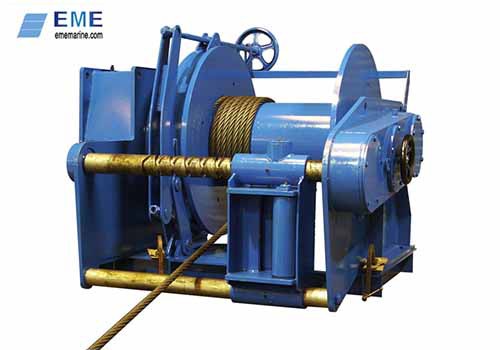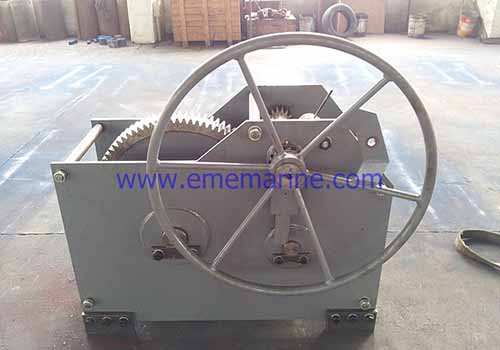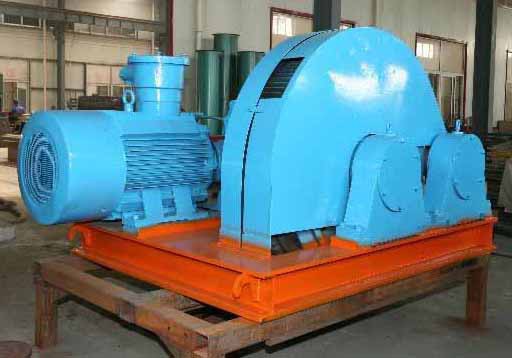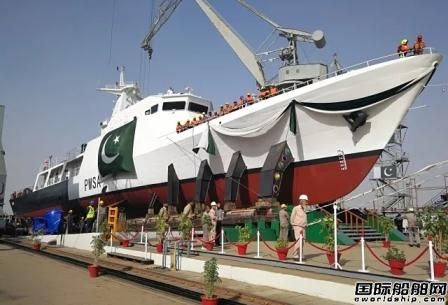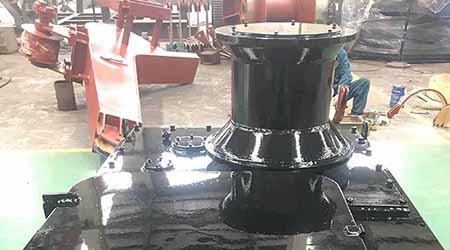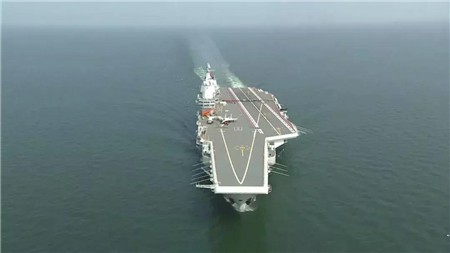
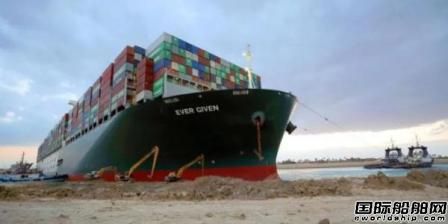
After being stranded for nearly a week, the mega container ship "Chang Chi" finally managed to get out, in addition to the unremitting efforts of tugboats and dredgers at the scene, the high tide was also an important factor in helping the ship to refloat.
"The vessel ran aground in the Suez Canal on 23 March and became stuck at both ends of the canal, causing a complete blockage of this major artery of maritime trade. Following the incident, the rescue team and the Suez Canal Authority made several failed attempts to extricate the vessel until 29 March, when it was forced to do so by a higher than usual spring tide.
After several previous failed attempts, it became clear that the tugboat alone would not be able to pull the vessel out of its predicament and rescuers began to hope for a high tide during the first supermoon of the year.
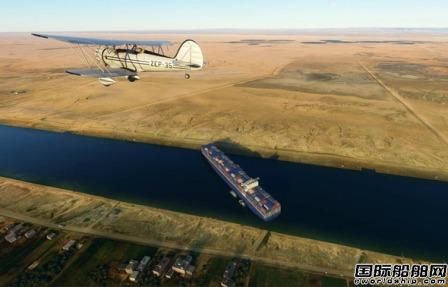
Previously, industry experts had predicted that March 28-29 would be the best time for the vessel to run aground. Marine insurance intelligence firm Concirrus said that as the vessel ran aground on a 1.56m high tide, the next high tide would have little effect on the grounding. However, a high tide of 2.1 metres is expected on March 28, which may give a better chance of getting out of the ground.
Some domestic experts have also analysed that the high tide on the first and first three days after the 15th day of the lunar calendar, with the gravitational pull of the moon plus the sun, will help the vessel to get out of trouble. The 27th of March is the 15th of February, so the 28th, 29th and 30th of March will be during the high tide. The effect of high tide will only last a few days and rescuers will have to work fast to make the most of this short period of high tide.
Industry expert Nick Sloane, who was responsible for the salvage operation of the Italian luxury liner Costa Concordia in 2012, also says that the best time to rescue the ship may not be until 28 or 29 March, when the high tide The high tide will have raised the water level by around 18 inches (46cm), increasing the manoeuvrability of the rescue.
The rescue team's analysis suggests that the best time would be March 28 or 29, when the full moon, the sun, the earth and the moon are on the same line and when the tide of the ocean is at its highest, so the maximum force of the rising waters could be used to push the ship upwards and help free it, and without having to unload the more than 18,000 containers it is carrying.
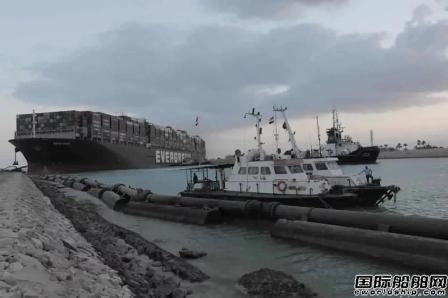
On 27 March, the rescue team used 12 tugs to try to move the vessel, with two in front, six pushing backwards and four pulling aft. Meanwhile, the dredger removed about 27,000 cubic metres of sand to a depth of 18 metres.
By the evening of 28 March, the supermoon had brought the tidal height to over 1.98 metres, about 0.5 metres higher than the high tide at the time of the 23 March grounding, and the best chance of a successful rescue was approaching.
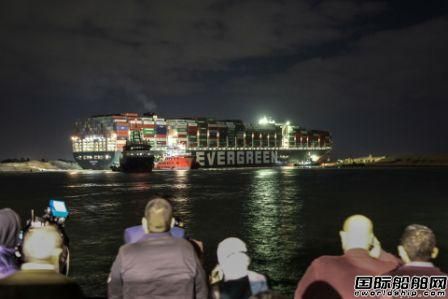
On the night of the 28th, the vessel finally received help from forces stronger than any machine on the scene: the moon and the tide. As the water level soared overnight, the ship slowly regained buoyancy, said the rescue chief.
In the early hours of 29 March local time, the Dutch specialist tug ALP Guard, which has a bollard pull of 285 tonnes, also arrived on the scene. A total of 13 tugboats, including the ALP Guard, were involved in the rescue. The work of dredging and dredging began to pay off as the tugs revved up their engines and began to control the vessel at high tide.
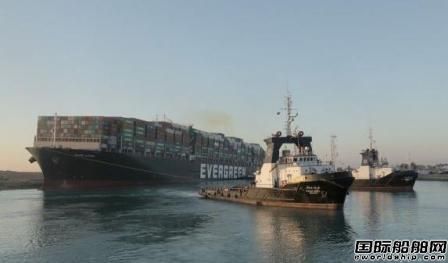
At around 5am local time on 29 March, the rescue team began pulling the vessel with a tugboat. As the tide dropped and flowed south towards the Red Sea, the ship slowly began to move. When the water level rose again at midday, the de-watering was almost complete. Later that afternoon, the vessel was slowly moved towards the centre of the canal by a series of tugs and finally sailed into the Great Bitter Lake in the middle of the Suez Canal.
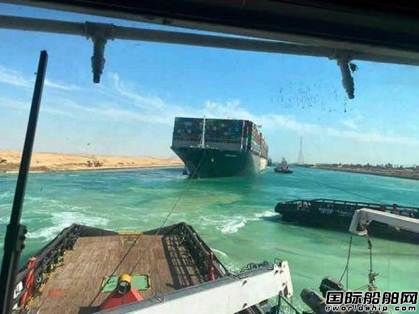
The cargo ship Chang Chi is finally freed in Suez, Egypt, March 29, 2021.
"The tides are the rise and fall of seawater on Earth caused by the gravitational pull of the moon and the sun." Liu Kexiu, a researcher at the National Marine Information Center, said in an interview on March 30 that because the sun is so far away from the earth, its influence on the tides is not as obvious as the moon. The tides are greatest during the two phases, the full moon and the new moon, and these high tides are known as solstice tides.
High tides occur twice a day in most coastal areas. Liu Kexiu said that Suez sea is a regular half-day tide, each tidal day is about 25 hours, during this period there will be two high tides and two low tides, the average tide difference is 116 cm, the average large tide difference of 142 cm, the average small tide difference also has 87 cm, the average high tide, low tide duration of 6 hours and 15 minutes, 6 hours and 10 minutes respectively.
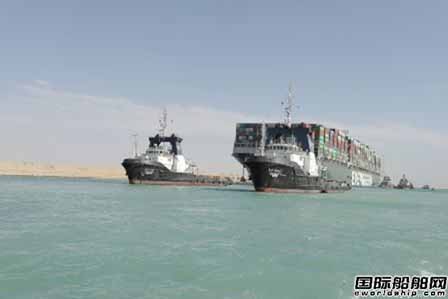
During the lunar tide, the 'high' tide is very high and the 'low' tide is unusually low. When the sun and moon are at right angles to each other in relation to the earth, this is the time of low tide - the period when the difference between high and low tides is minimal.
This is why the full moon was chosen as the time to de-congest the ship - to use the maximum force of the rising sea to float the ship upwards and help it out.
On 23 March local time, the "Chang Chi" ran aground in the Suez Canal. The Suez Canal Authority has set a deadline of March 30 for the ship to start unloading its containers on March 30 if it does not run aground by the evening of March 29 local time. The Suez Canal authorities have said that an investigation into the cause of the incident will be carried out after the ship has been de-grounded. All final conclusions will be reached after the final investigation.
Taixing Expansion Marine Equipment (EME) is the professional designer, manufacturer and exporter of mooring winch, positioning winch, towing winch, anchor winch, diesel winch, electric windlass, hydraulic windlass, diesel windlass, electric capstan, hydraulic capstan, pneumatic capstan etc. Our products are mainly for scientific research vessel, navy vessel, working barge, tug, cargo vessel, oil tanker, offshore platform etc.
